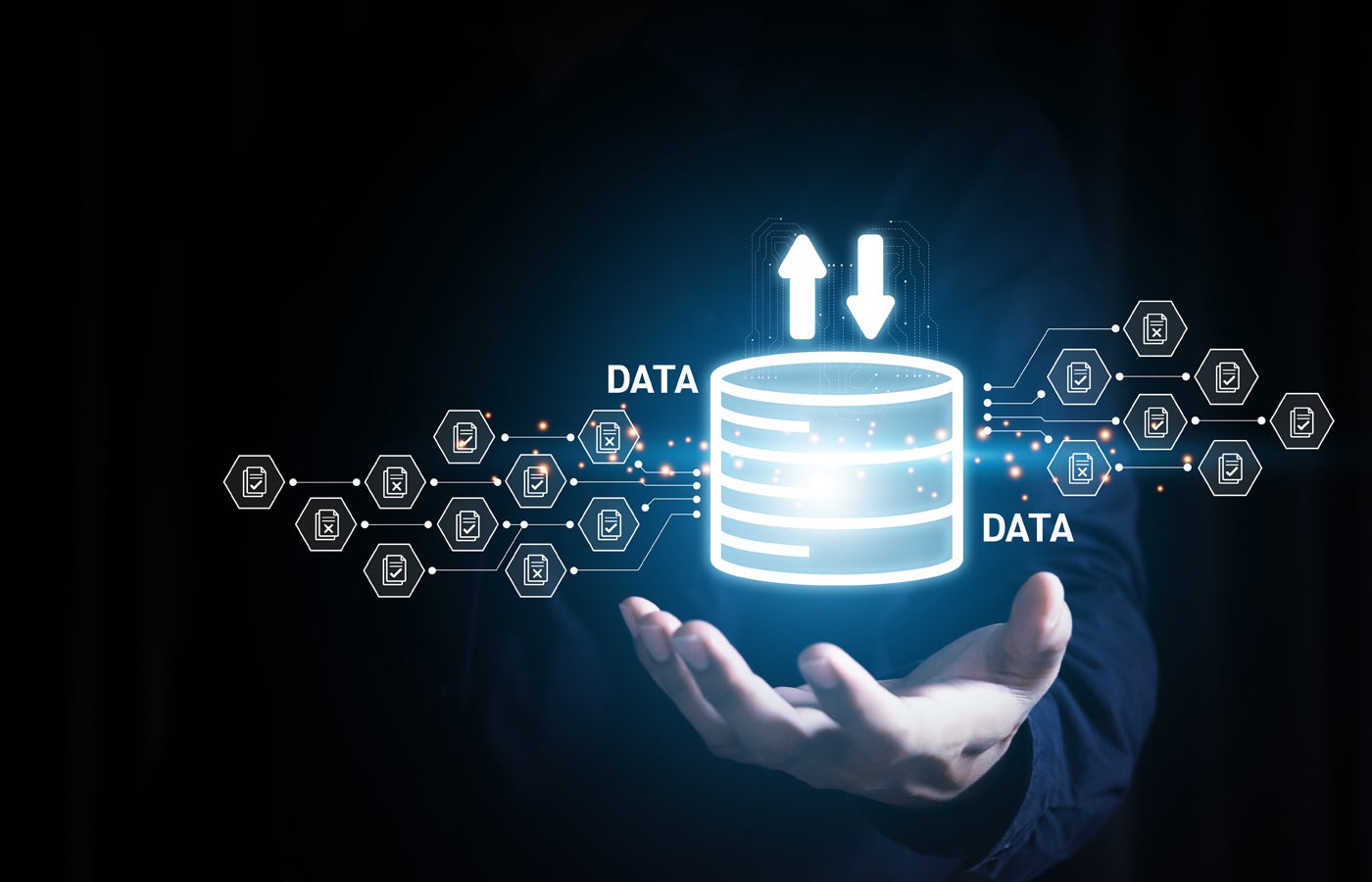Ad

The phenomenon of big data continues to underscore the importance of having the right database to manage ever-growing volumes. According to Exploding Topics, 402.74 million terabytes of data are created each day.
For data-driven organizations, it’s clear that having the right database is critical to successfully managing this explosion of data. What’s less clear is how to transition from legacy relational database management systems to modern NoSQL cloud databases. Successfully migrating from a relational world to a NoSQL one requires careful planning and training, and the right tools.
SEE: What Is Data Mining? (TechRepublic)
Best practices for migrating from an RDBMS to NoSQL cloud database
One of the biggest things against NoSQL databases is that they’re so easy to work with that developers end up jumping in headfirst, without bothering to properly construct their data model, thereby causing problems later. While NoSQL databases do provide significantly more developer agility and flexibility, they shouldn’t be used recklessly.
Here are some key best practices and strategies to ensure a successful migration.
Understand your data requirements
- Assess data types and volume: Evaluating the types of data and amount you have will assist you in selecting a suitable NoSQL database for your specific data requirements.
- Identify data access patterns: Understanding how your data is accessed and queried will help guide the optimization of database structure and indexing strategies for efficient manipulation and retrieval.
Plan for migration
- Develop a migration strategy: This involves selecting appropriate migration tools, establishing a migration schedule and determining how to map data from the relational schema to the NoSQL model.
- Test the migration process: Before executing a full scale migration, conduct a pilot test to identify any issues and refine the migration process.
Ensure data integrity
- Validate data: Check for data completeness, accuracy, and consistency on a regular basis during the migration process to ensure its integrity.
- Manage data consistency: Understand how the consistency model of your chosen NoSQL database affects your application, especially if you are transitioning from an ACID-compliant RDBMS.
Choose the right technology
- Match technology to need: As different NoSQL databases — like document stores, key-value stores, and column stores — have different strengths, be sure to select one that aligns with your specific use case and data requirements.
Train for new technologies
- Educate your team: Familiarize your team with the NoSQL database you have picked and its query language, as well as best practices for NoSQL design and development.
- Leverage community and vendor resources: Make use of resources provided by NoSQL database communities and vendors, such as online documentation, forums, and official training programs.
Construct a proper data model
- Design for NoSQL: Focus on how the data will be accessed rather than how it will be stored, and think about how to represent your model in its document store.
- Iterative design: Be prepared to iterate on your data model. NoSQL databases offer flexibility to evolve your data model as your application requirements change.
Manage the transition carefully
- Gradual transition: Consider implementing a phased approach when migrating. This allows you to monitor and adjust the new system without disrupting existing operations.
- Parallel run: Ensure the performance and functionality of the new system meet expectations by operating the NoSQL system alongside the existing RDBMS for a period of time.
Follow up with post-migration practices
- Monitor performance and scalability: After migration, continuously monitor the performance of the NoSQL database and its scalability capabilities to ensure it meets the expected demand.
- Update operational practices: Revise your backup, recovery, and maintenance procedures to align with the capabilities and requirements of the NoSQL environment, and rewrite your application code to query your NoSQL database through statements such as insert() or find().
SEE: NoSQL resources to help migrate from an RDBMS
Choosing a NoSQL cloud database
It is critical to understand that selecting the right database is a key success factor for your organization’s migration goals. Each NoSQL database has unique strengths and features and is suited to different types of applications and business needs.
To assist you in making an informed decision, below are a few of the top NoSQL databases in the market, each excelling in a specific area and offering robust cloud functionalities.
Amazon DynamoDB
As a part of AWS, Amazon DynamoDB provides seamless integration with other AWS services, offering features like built-in security, backup and restore, in-memory caching, and real-time data processing. It is best for projects requiring a highly reliable and scalable NoSQL database with minimal maintenance. This makes it ideal for web, gaming, mobile, adtech, and IoT.
MongoDB Atlas
MongoDB Atlas a fully-managed cloud NoSQL service. It is best for applications requiring a flexible schema for diverse and evolving data formats, particularly in web, mobile, and IoT sectors.
Apache Cassandra
Apache Cassandra is supported on several cloud platforms. It provides a cloud-native service with features like automated scaling and simplified operations, and is best suited to scenarios demanding high scalability and fault tolerance across multiple data centers, such as real-time big data applications.
Couchbase
Couchbase is a fully managed database as a service, offering automated scaling, in-memory performance, and cross data center replication. It is best suited to interactive applications needing high throughput and low latency, such as in mobile and edge computing.
This article was written by Matt Asay and originally published in August 2023. An update was made by the current author in January 2024. The latest update was by Antony Peyton in June 2025.
Ad

